Jean Jarousseau (1729-1819)
A pastor in the “Church of the Desert”, Jean Jarousseau exercised his ministry in Saintonge at the end of the Heroic Period and during the time called the Period of Tolerance. We know about him thanks to the biography written by his grandson, Eugène Pelletan.
A pious family
Jean Jarousseau was born on Christmas Day 1729, in the small Cognac village of Mainxe on the edge of Saintonge. As his father and grandfather were preachers, his family remained faithful members of the Reformed Church. From his adolescence the young man took part in “Church of the Desert” meetings, which were held in the woods of Mainxe, Chassons and Segonzac.
On the death of his father, probably hung for being a preacher, the family’s assets were seized. Jean Jarousseau went to Switzerland. On his return to France, he began ministering in the Cevennes alongside the pastor Paul Rabaut, with whom he struck up a friendship and kept up a correspondence until Rabaut’s death.
Ministry in Saintonge
In 1754 we find him in back Saintonge working alongside the pastor Jean-Louis Gibert. The same year, at a nightly assembly at a place called La Combe à la Bataille, Governor Pons and a few king’s soldiers showed up. Jean-Louis Gibert stayed calm and prevented panic movements by having them disarmed and attending the five-hour worship. Later on, as they could not attack directly, cunning was used, but Gibert and Jarousseau were cautious and managed to get away.
In December 1757 he was sent to the Lausanne Seminary. He studied there until April 1761. In May 1761, at the synod of Saintonge, Angoumois, Perigord and Bordeaux, Jean Jarousseau was solemnly consecrated to the “Holy Ministry”. He served the churches of Cozes ; Royan ; Saint-Georges-de-Didonne, Meschers, Mortagne, Saint-Fort, Gémozac and Pons.
Thanks to Marshall de Sennecterre, Governor of the Saintonge region, and a friend of Voltaire’s, severity towards the Protestants was alleviated.
The Heroic Period for the “Church of the Desert” ended, and Jean Jarousseau was able to exercise his ministry under better conditions. On the 4th January 1767, at Saint-Georges-de-Didonne, he married Anne Lavocat who brought him a somewhat more comfortable existence. Pastor Dugas blessed the newly-weds. They went on to have seven children. In case the pastor was ever pursued, a hiding place was prepared in Anne’s house. His sermons which still survive show a preaching aimed at the ordinary public and that he urged faithfulness, respect of each other and a moral life.
The journey to Versailles
After the publication of his grandson’s book, Jarousseau, pastor in the “Church of the Desert” (Jarousseau, pasteur du désert), which made him famous, Jarousseau undertook a journey to Versailles in 1780 to meet Malesherbes, minister of Louis XVI, and the king himself, with the aim of putting the case for freedom of conscience. He also met Parmentier who gave him some potato plants. There is no documentary evidence of this secret meeting at Versailles, but the introduction of the potato to Saint-Georges-de-Didonne is well known. Jarousseau even grew them in his own garden.
During the Revolution the pastor helped the priest of Saint-Georges to flee. After this he was elected to local government positions before retiring to Chenaumoine, a village of Semusac, where he died on 18th June 1819.
Bibliography
- Books
- PELLETAN Eugène, Jarousseau, pasteur du désert, La Cause, 1982
- TOUROUDE Georges, De l’oppression à la liberté, Éditions de la Langrotte, 1992
Associated tours
-
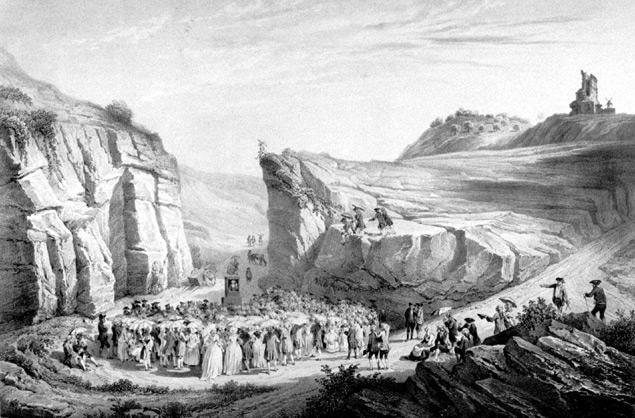
Religion in the “Desert” period
After the Revocation of the Edict of Nantes in 1685, French Protestants went into exile or abjured their religious faith. However, among those who abjured, some continued to practice in...
Associated notes
-
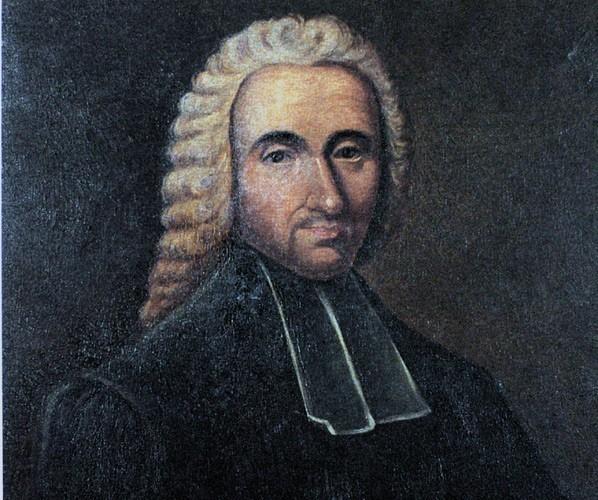
Paul Rabaut (1718-1794)
As a pastor in the “Churches of the Desert”, Paul Rabaut lived a secret and dangerous life -
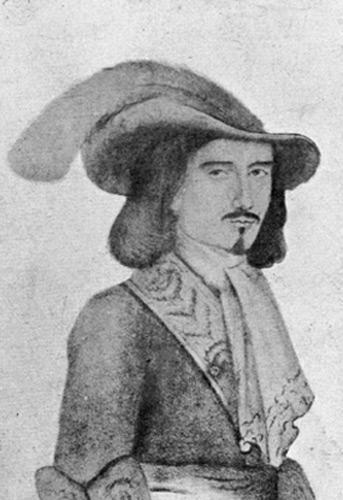
Jean Cavalier (1681-1740)
-

The secret meetings
Long before the Revocation of the Edict of Nantes in 1685, freedom of worship for Protestants was already being questioned. Following the Revocation of the Edict of Nantes, three quarters... -
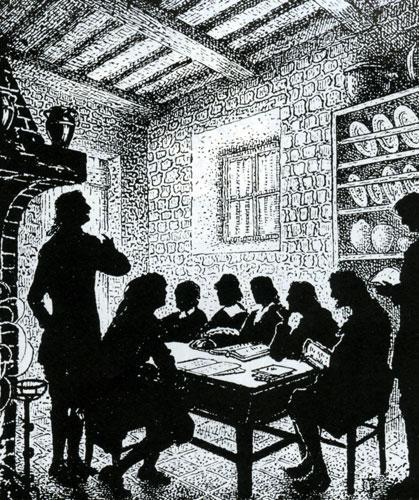
"Church of the Desert" Synods
During the time Protestant religious practice was banned in France, services were held in secret (“Church of the Desert” meetings) in many parts of the country, but particularly in the... -
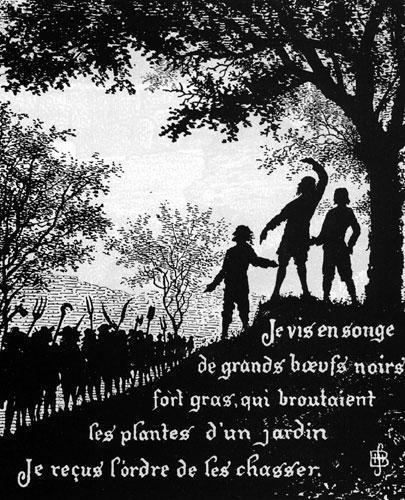
Abraham Mazel (1677-1710)
A prophet and a fighter, Abraham Mazel was the first and the last of the Camisards. -
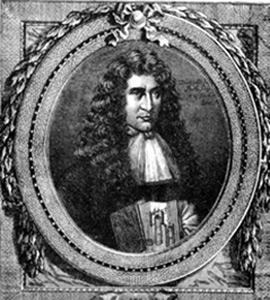
Denis Papin (1647-about 1712)
Denis Papin, a physicist, always remained loyal to his reformed faith and this is why he had to work abroad. It was in Germany, in the province of Hesse, that... -
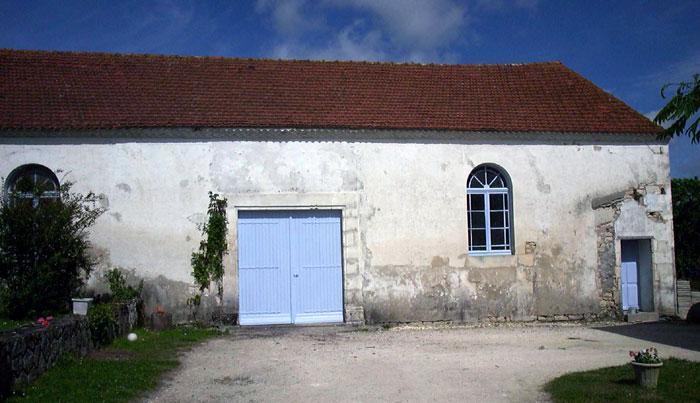
The Gibert brothers
The Gibert brothers exercised a pastoral ministry during the period of the “underground” church. They both had an eventful life that drove them from the “Desert” church to the Refuge. -
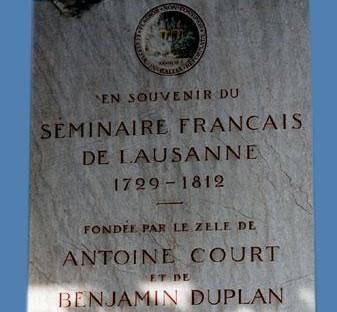
The Lausanne Theological Seminary (1726-1812)
The seminary in Lausanne was started at the instigation of Antoine Court. Its purpose was to train those called to the ministry in France during the “Desert” period. -

Antoine Court (1695-1760)
Antoine Court gave himself to the restoration and reorganisation of Protestantism in France after the revocation of the Edict of Nantes (1685). -
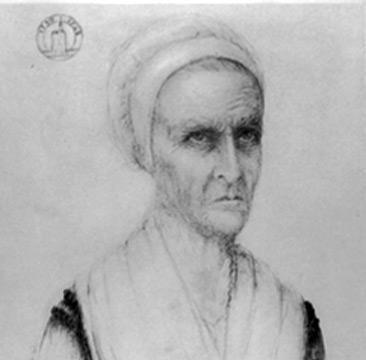
Marie Durand (1711-1776)
For the French protestants, Marie Durand symbolized those who resisted religious intolerance after the revocation of the Edict of Nantes. -
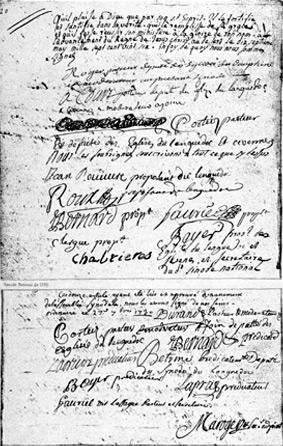
Pastors of the "Church of the Desert"
Following the revoking of the Edict of Nantes, Protestant pastors had to leave France. From 1715, encouraged by Antoine Court, a new group of pastors gradually emerged. The “Church of...
